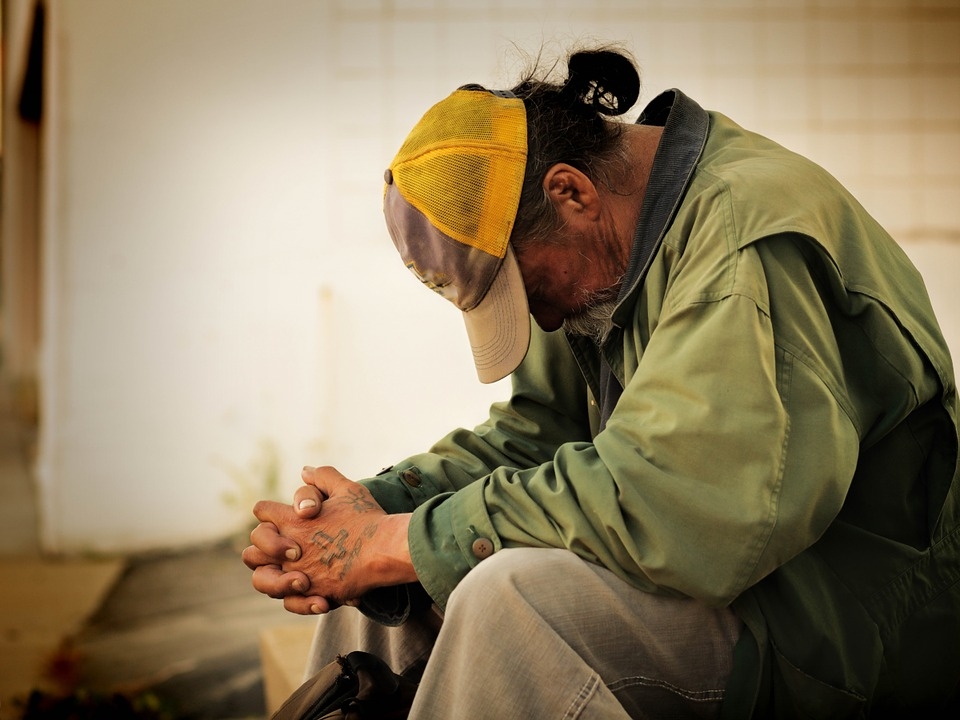
The controversy over safe injection sites is missing the point
The province of Ontario has recently announced a review of supervised injection site programs (colloquially termed safe injection sites), as Health Minister Christine Elliott put a hold on three planned sites in Toronto, Thunder Bay, and St. Catherines.
Their reasoning echoes the sentiment felt by those who were initially resistant to welcoming these centres into their communities. Fear of increased drug use, trafficking, and confusion as to the goals of said sites sparked protests, but much of the flak that over the programs miss the fundamental reasoning for their existence. That being said, there is plenty to criticize about how Ontario and Canada as a whole treats sufferers of addiction.
Safe consumption sites, as defined by Health Canada, are legally operated clinics for people to consume illegal drugs under supervision and access medical services that center on addiction.
They are primarily set up in areas known for heavy substance use, and are meant to reduce public and unsafe drug consumption for individuals who have difficulty accessing traditional health care systems.
Typically working in tandem with existing medical services, a supervised site can also operate independently (with federal authorization) and mobile sites have even been offered to reach more members of the target population. Nurses, social workers, and community volunteers ensure that clients do not overdose, provide private stations with clean needles (users bring and handle their own drugs), and offer users information on addiction treatment.
In recent years, these sites have seen an especially large increase in opioid use as users become more comfortable accessing their services, and the threat of overdose due to fentanyl rises. Health Canada’s latest report points to a rise in opioid-related overdoses, and with nearly 4,000 deaths in 2017 opioid use has been steadily on the rise for the past decade. Communities are scrambling for ways to combat this trend, but is suspending these programs really the right course of action?
The first safe injection site in Canada was opened in Vancouver, where opioids have been the bane of the city for decades. Insite has operated since 2003, serving thousands of individual clients every year, but while it is strongly supported by the local and regional population the site has drawn the ire of both national and international parties.
Insite (as well as safe injection sites at large) and its auxiliary programs have been widely panned by Conservatives as promoting addiction and harm, rather than reducing it.
It first opened its doors after having been constructed in secret by the Portland Hotel Society (PHS), a non-government organization, who was surprisingly granted permission to operate alongside Vancouver’s regional health services.
Already the subject of notoriety, tensions rose to a breaking point in 2006 when the newly-elected Conservative party threatened to shut it down under claims of public danger and falsifying research data.
This was prevented when the PHS and local clients of Insite brought the federal government to court, where the case was eventually appealed to the Supreme Court of Canada. It was unanimously ruled that the program had already demonstrated its utility to improve the quality of life of clients and save lives, and that closure would amount to a miscarriage of justice.
Following this ruling, safe injection sites began opening up in major cities across Canada, whether in partnership with municipal governments or no. In Ottawa, despite opposition, four safe injection sites have opened.
Depending almost solely on provincial funding to operate, these programs are reviewed frequently and are under immense pressure to constantly prove their merit.
Rapid changes in public favour and political leadership are preventing empirical decisions from being made and the reasons for these sites are now clouded and misunderstood.
The reality is that the opioid crisis is only scratching the surface of a much larger issue that safe injection sites cannot tackle on their own. In fact, it’s hardly about drugs at all.
Todd Ware is a counsellor at Homewood Health, one of Canada’s leading facilities for addiction and mental health treatment based in Vancouver, and sees people from all walks of life dealing with substance abuse on a daily basis. He believes that safe injection sites on their own are not enough to help someone entrenched in an environment that promotes self-harming behaviours.
“Addiction is addiction,” says Ware. “The failure in our system is when we narrow the focus to a single substance, we lose the vision of treating a health issue, which is addiction.”
At Homewood Health, they offer services to both inpatient and outpatient clients, and aftercare support throughout Canada to help coach and guide people into healthier lifestyles. While safe injection sites solve the immediate issue of dangerous drug delivery methods, Homewood Health centres focus on long term solutions to the root causes that lead to substance abuse.
Poverty, homelessness, and mental health disorders are all contributing factors to addiction, and substance abuse is like adding fuel to the fire that carries on the cycle.
If rehabilitative treatments do not incorporate community care, safe housing, or therapy then programs such as safe injection sites are merely the epitome of a band aid solution.
A victory for the opioid crisis is not simply preventing drug abuse from happening, it is providing access to supportive methods of care so that recovery becomes permanent.
These strategies can take many forms, and in Ware’s experience it is important to work with local communities in order to understand the cultural connotations tied up in members substance abuse.
“We’re doing scenario based education, which is helping children look at these problems in real life situations that they themselves may face,” he says.
Learning from and applying traditional practices can help form a stronger and more direct relationship with the client that increases the likelihood of recovery – once again, reaching all lifestyle factors preventing someone from making safe and healthy choices.
Keeping safe injection sites open is a good start, but it is ultimately working backwards from the real problems and will never be enough to meet the needs of those already suffering from addiction. We need common sense healthcare programs that support at-
risk populations, and while it can take years for new policies to be implemented and even longer to measure their effects, it pays dividends in the future.
“Every dollar you put into prevention, you save four more in drug and treatment costs,” explains Ware. “Most often, the ones who need treatment most lack the information on how to even access services. Teaching our clients how to navigate systems of care is an important part of our strategy at Homewood Health.”
Safe injection sites are messy, heartbreaking, and unfortunate solutions that we have been forced to implement because of our own neglect to the most troubled members of our communities. They exist because – like these clinics – we have wanted these people out of sight and mind, quietly receiving the scraps of tax dollars to just barely cover a fraction of their needs.
The real question isn’t whether safe injection sites promote drug use in our neighbourhoods (they don’t), or whether they immediately begin to save lives (they do); the question is if we are going to continue to do the least we can to help our communities facing systemic issues of abuse in all forms. And at this point, we can’t.








